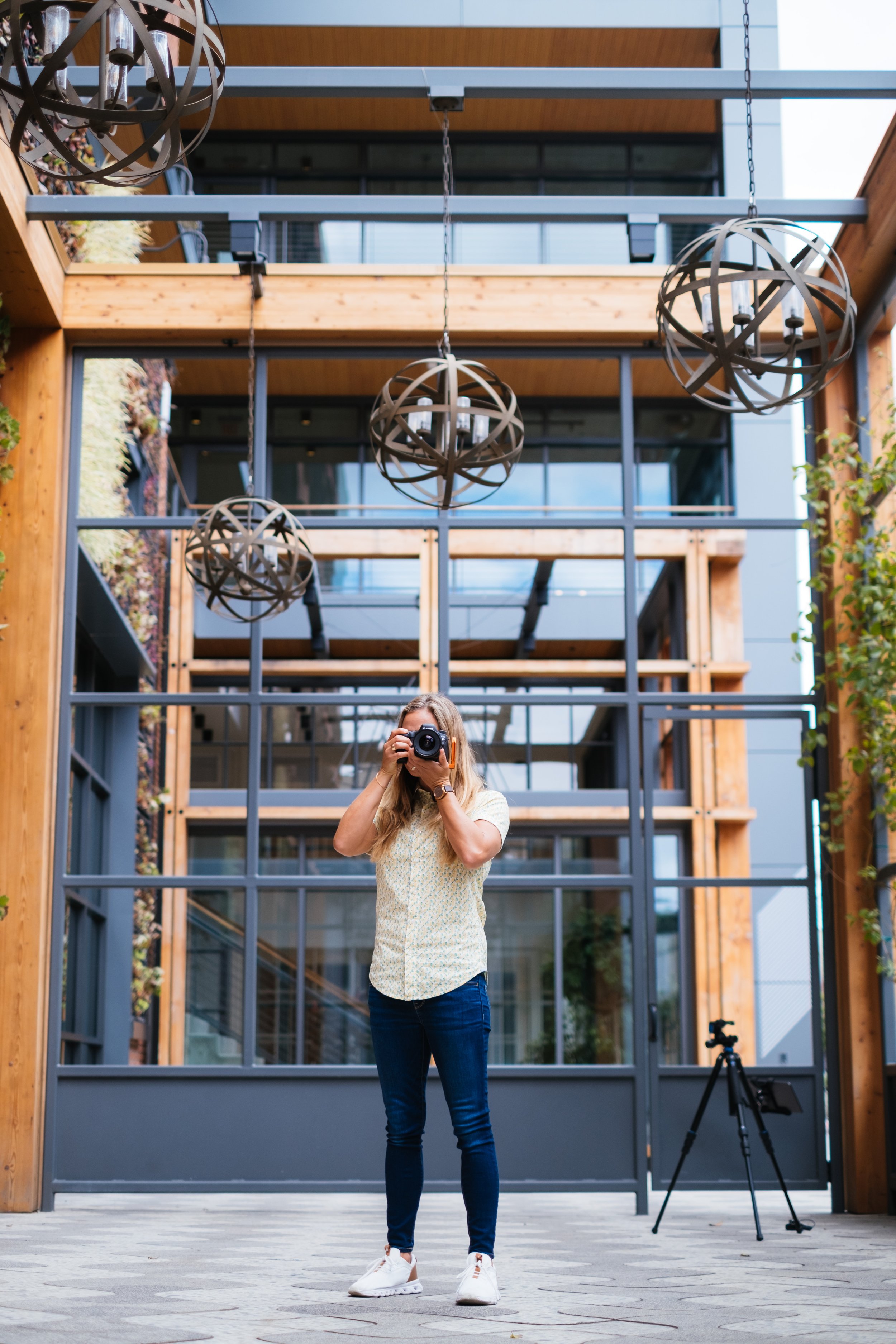Tilt Shift For Professional Photography: Do I Recommend It?
My oh my- am I a fan of photography tech! Although I’m always down to try the latest and greatest when it comes to gear, it’s not often that something blows me away as much as this.
Today, I want to share my experiences and insights into a game-changing tool for both interior and exterior photography: the tilt shift lens. While it might seem a bit intimidating at first, I promise you that once you get the hang of it, it can transform your work. Without any further introduction, let's dive into my journey with tilt shift lenses and how they've become an indispensable part of my photography arsenal.
So… What Is Tilt Shift?
Tilt-shift photography is an amazing technique that allows photographers to capture large images that wouldn’t traditionally fit into a regular shot. It's all about playing with perspective and focus to give your photos a miniaturized or ethereal appearance.
With tilt-shift lenses, you have two main controls at your fingertips: tilt and shift.
Tilt: This feature enables you to tilt the lens relative to the camera sensor, altering the plane of focus. It's like tilting a tabletop globe, where the focus shifts from being parallel to the camera's sensor to running at an angle. This is fantastic for controlling depth of field in a way that's impossible with standard lenses.
Shift: The shift function moves the lens parallel to the image sensor. This helps correct perspective distortion, like those converging lines you might see when photographing tall buildings. It's also handy for capturing wide scenes without tilting the camera.
As I spend more and more working on architecture photography, I’ve fallen absolutely in love with tilt shift. I couldn’t capture large interior or exteriors without it!
My Two Trusty Lenses For Tilt Shift
First off, let me introduce you to my dynamic duo: the Canon TS 24mm f3.5 and the Canon TS 17mm f4.0. These two lenses have been my go-to companions for nearly every shoot I've done. While they might be on the expensive side, I managed to snag both of them in excellent condition from the used market – a smart way to save some cash without compromising quality.
Which Lens Is Best For You?
Now, let's talk about which lens to start with if you're new to tilt-shift photography. While some photographers swear by the Canon TS 90mm or the Canon TS 50mm for closer detail shots, I'd recommend starting with the Canon TS 24mm. It's a versatile choice for a wide range of interior photography scenarios. If you find yourself frequently shooting exteriors or in confined spaces where you need a wider perspective, then consider adding the Canon TS 17mm to your collection.
The Shifting Revelation Takes Time To Master
The tilt-shift function on these lenses can be a little tricky to master, but trust me, it's worth the effort. The real magic of the shift function comes into play when you're shooting exteriors. Often, when capturing an entire building, I find that my tripod doesn't quite get high enough. That's where the shift function really captured my heart. By shifting the lens up, you can encompass the entire structure in your frame, without having to resort to elaborate stitching techniques or post-processing.
Personally, I have a soft spot for my Canon TS 17mm when it comes to super-wide exterior shots. The 17mm focal length paired with the shift function allows me to capture breathtaking views of buildings, making them appear grand and imposing in the frame.
Handle Any Tilt Shift Lenses With Care
A word of caution for fellow 17mm enthusiasts – always keep the lens cap on when you're not shooting or when you're moving your tripod between shots. The 17mm lens protrudes quite a bit, giving it a fish-eye-like appearance. A slight mishap could spell disaster for your expensive glass. I once had a close call, and it taught me the importance of being extra cautious with this precious piece of equipment.
It’s Not Just Sit And Shoot - Framing Matters
Another valuable tip is to check the tilt and shift settings before every shot. It's easy to overlook a slight tilt, which can result in unwanted blurriness along the edges of your frame. Take a moment to dial in the framing precisely, ensuring your composition is as sharp and crisp as possible.
Tilt Shift May Require Switching Your Camera Brand
I want to say it here first: I used to be a huge Fuji enthusiast, especially for wide interior and exterior shots. However, my switch back to Canon was primarily driven by my desire to utilize tilt-shift lenses. Let me assure you, I haven't looked back since.
The tilt function on these lenses opened up a whole new world of creative possibilities. One of my favorite aspects is this feature allows the ability to selectively focus on elements within a room while maintaining sharpness throughout. Since my work has focused more and more on the intricate details my clients put in their projects, it allows me to emphasize key design elements and create visually compelling shots that we all fall in love with.
While tilt-shift lenses might require a bit of a learning curve, they're well worth the investment in both time and money. The results you can achieve with these lenses in interior photography are nothing short of breathtaking. If you’re struggling with mastering tilt shift yourself, please don’t hesitate to schedule a 1-on-1 consultation with me!





